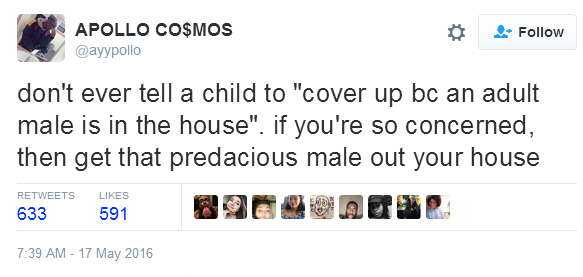A feature of English which I think is stupid,
If we’re carrying on with this game,
Is how we abolished the thorn and replaced it,
With two letters that meant the same.
The þ was a letter, amazing, astounding,
Perfect in every respect,
Representing the ‘th’ sound and shortening words,
The one thing it didn’t expect;
One day T and H went and burgled its meaning,
And then, thanks to the printing press,
Its symbol mutated and morphed into Y,
Which is pointless, I must confess.
Þoughtlessly, the þ was forgotten,
Þreatened as the language evolved,
Þankful for þose who knew of old English,
A topic where it was involved.
It only survived in Modern Icelandic,
In English it’s treated with scorn,
And as barely anyone knows it exists,
Please try to remember the thorn.
ð!
Saving the thorn from obscurity
Is surely a laudable aim
But if this letter deserves our praise
The eth should receive the same.The scribes of the Anglo-Saxons
interchanged the eth and thorn
until the first one fell from use
and the second was left forlorn,But for the modern Icelander
their roles are more defined
and could improve our English texts
if we were so inclined.The thorn (Þ, þ) denotes a voiceless dental fricative
as in the English ‘think’ or ‘thresh’ but not the ‘th’ in ‘hither,’
whereas the eth (Ð, ð) is a voiced dental fricative
perfect for ‘this’ and ‘that’ and most especially for ‘thither.’So I propose ðey boþ be used
in the Icelandic manner;
ðen students won’t be loaþ to learn
our spelling and our grammar.To þink we’ve never fixed ðis mess
is really quite astounding.
One letter cluster for two sounds?
Ðat’s damnably confounding!Þank you for ðis informative post!
þ!
Comments Off on þ!


